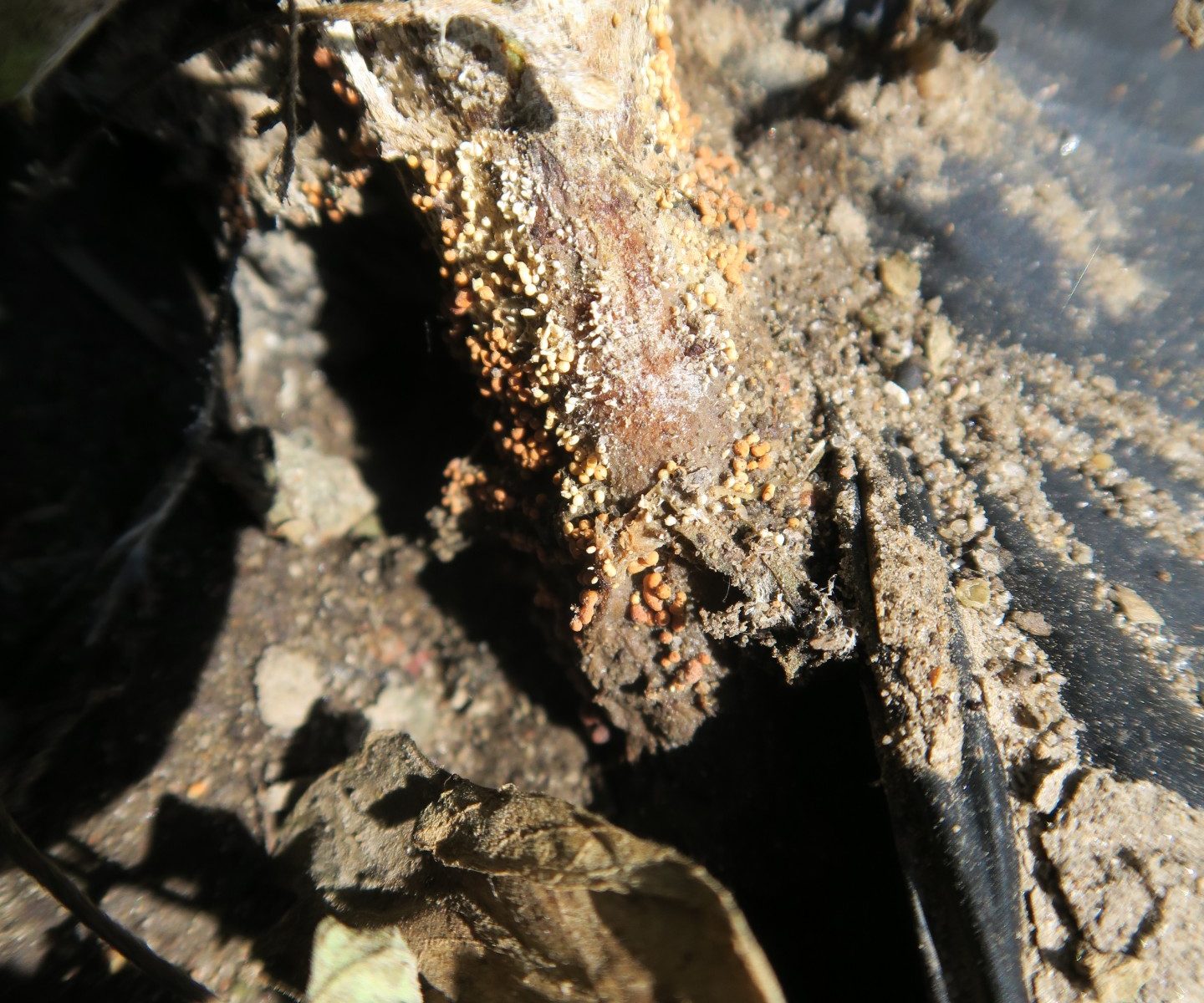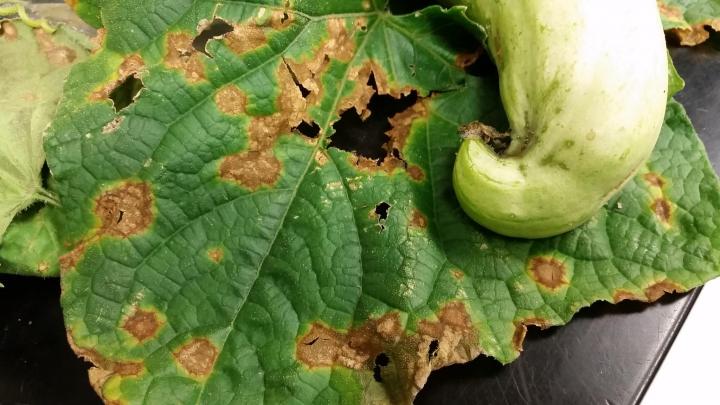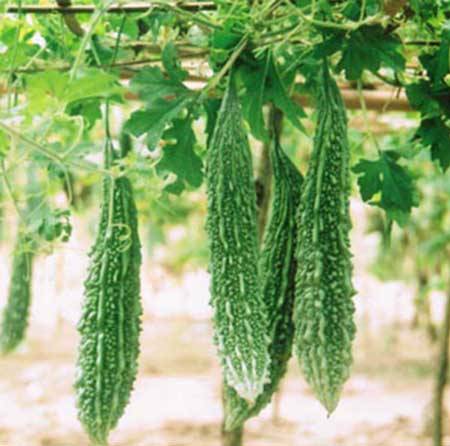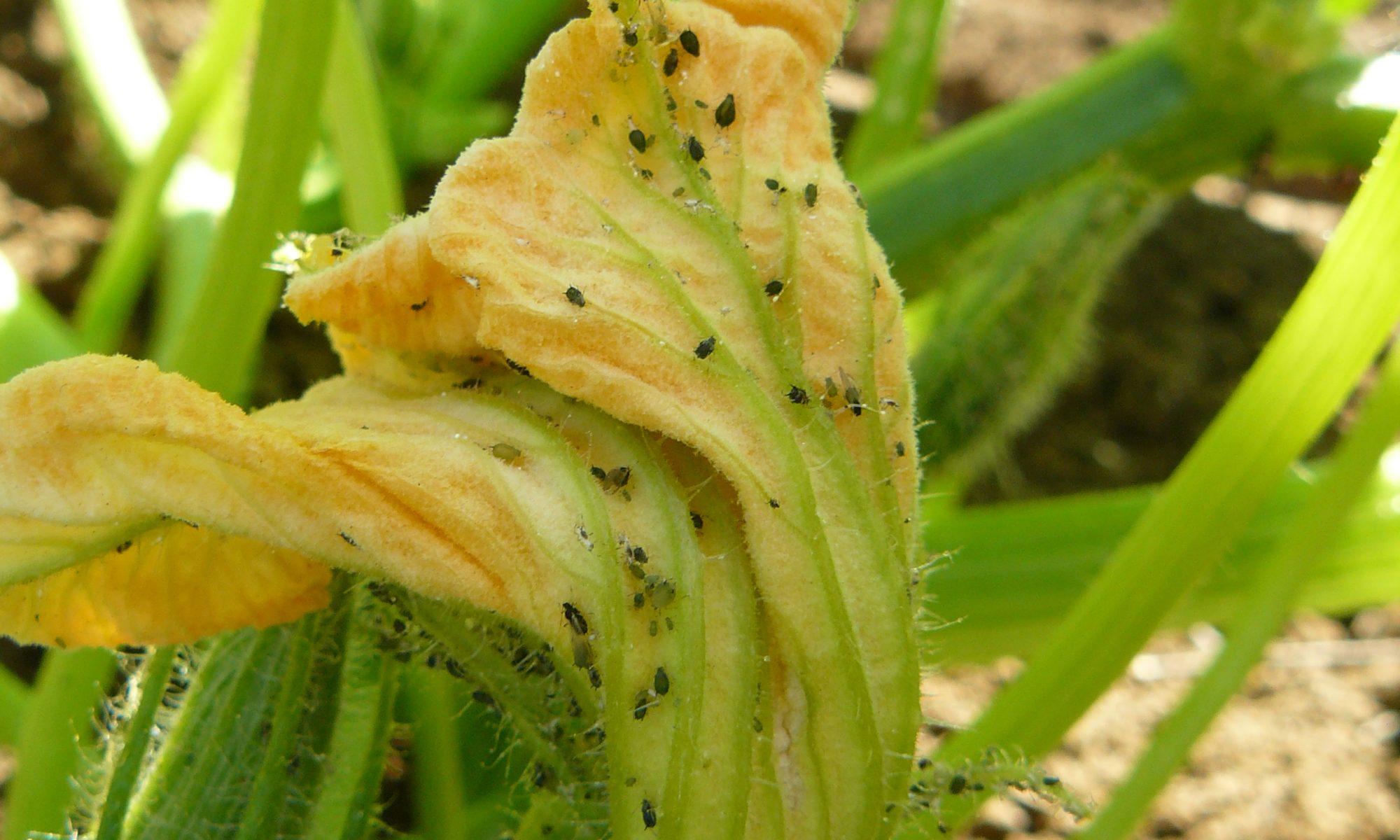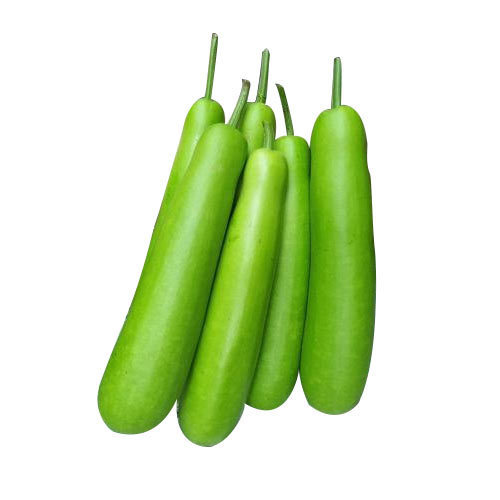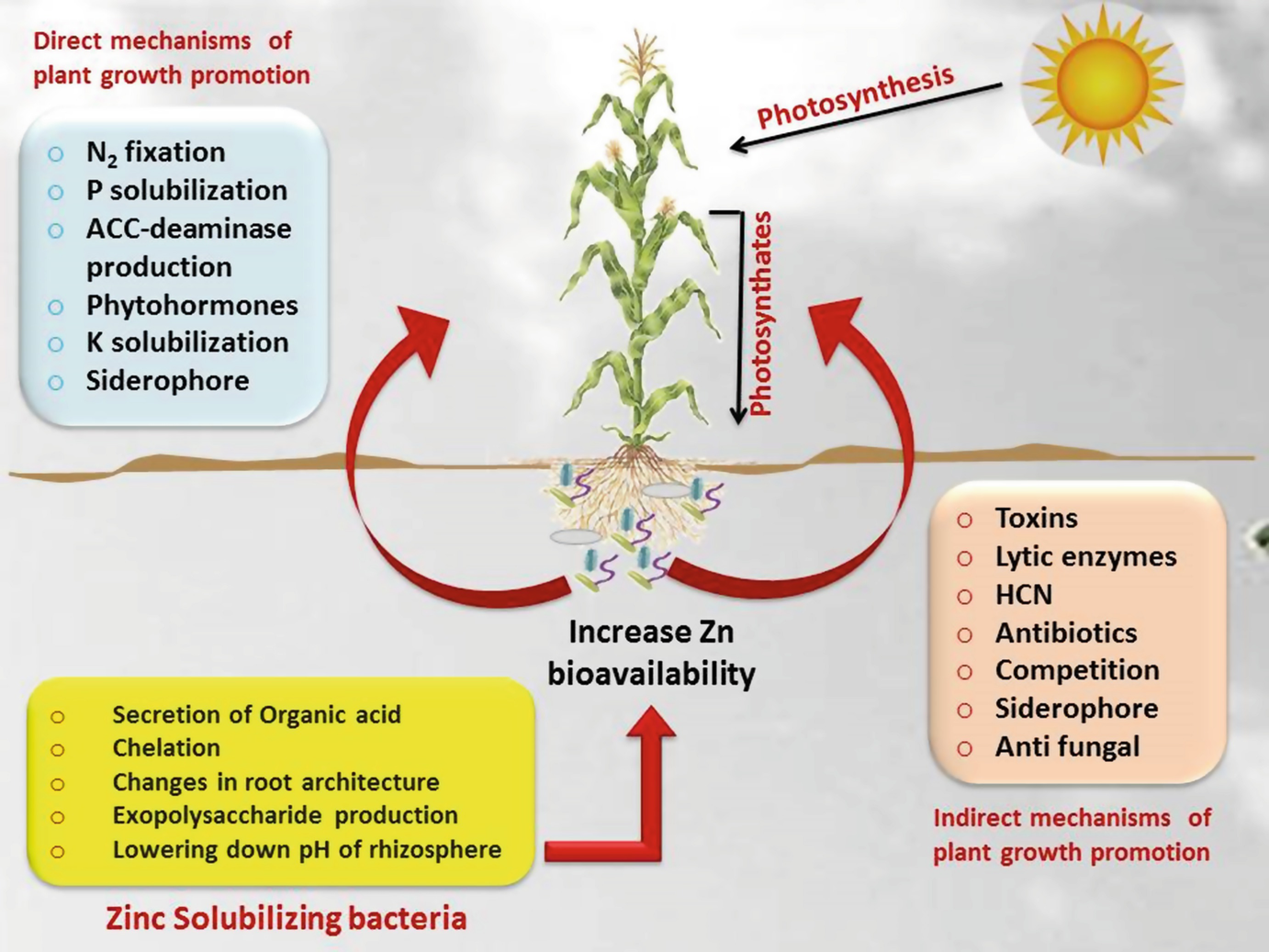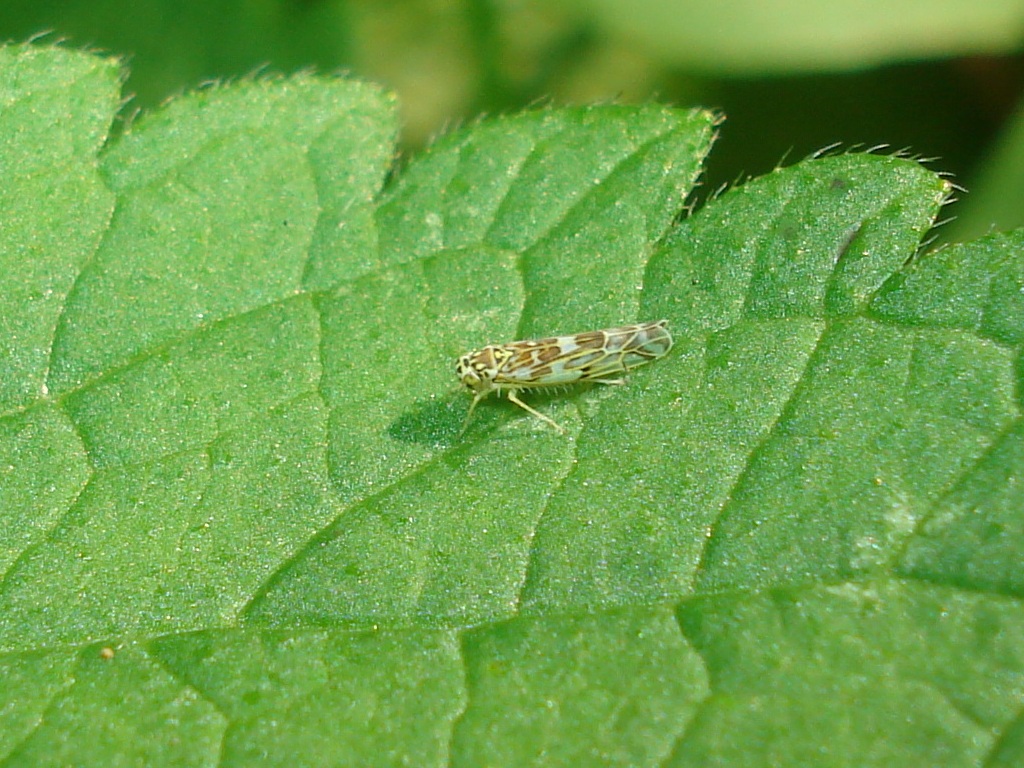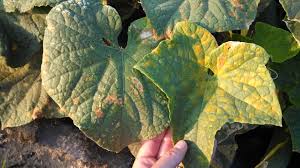- Dark brown water-soaked lesions and girdling at the base of stem occurs. Finally, the entire plant to rot and die.
- Cottony white mycelium in the surface of the infected tissue occurs with advanced infections.
- Affected plants can be easily uprooted but the lower part of the root usually remains in soil.
- Treat the seed with Carbendazim 50% WP @ 2.5 gm/kg of seed before sowing.
- Drench vine with Mancozeb 63% + Carbendazim 12% WP @ 400 gm/acre or thiophanate methyl 70% WP @ 300 gm/acre are recommended for control.
- Previous crop residues should be buried deep.
Like and share with other farmers by clicking on button below
Share
